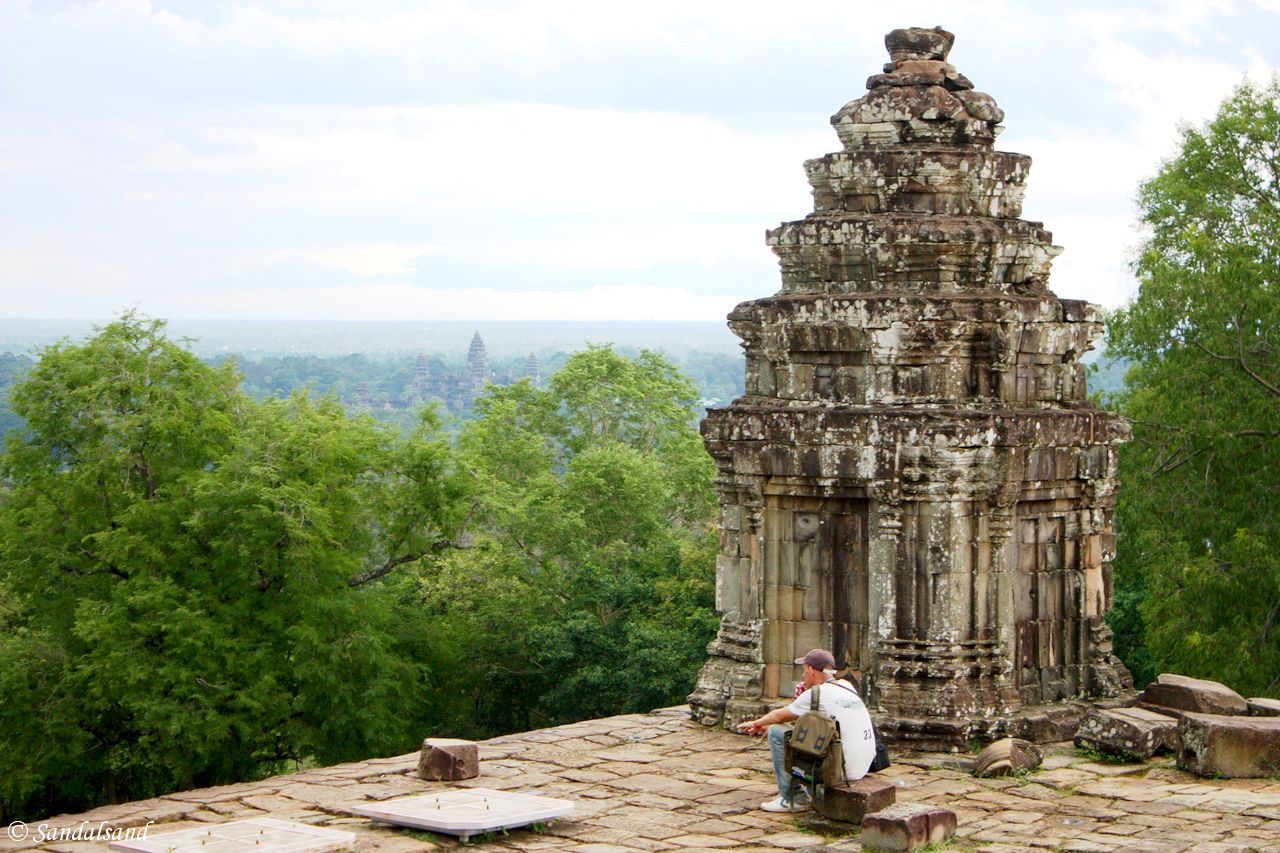Angkor has over the last few decades evolved into a major destination. That’s not bad considering it is basically an archaeological site.
The UNESCO World Heritage List includes several hundred properties with outstanding universal value. They are all part of the world’s cultural and natural heritage.
Official facts
- Country: Cambodia
- Date of Inscription: 1992
- Category: Cultural site
UNESCO’s World Heritage Centre’s short description of site no. 668:
“Angkor is one of the most important archaeological sites in South-East Asia. Stretching over some 400 km2, including forested area, Angkor Archaeological Park contains the magnificent remains of the different capitals of the Khmer Empire, from the 9th to the 15th century. They include the famous Temple of Angkor Wat and, at Angkor Thom, the Bayon Temple with its countless sculptural decorations. UNESCO has set up a wide-ranging programme to safeguard this symbolic site and its surroundings.”
My visit
I spent some days in Angkor in 2009 and wrote this in the introduction to my blog entry:
“(…) After other peoples eventually beat the Khmers it all collapsed and the jungle took over. The locals continually used and still use all temples for Buddhist worshipping, but it was the French who “discovered” Angkor and made the area known to the outside world.
Extensive clearing and restoration work has gone on for more than a century, and still continues. There is much to do, much is in ruin. But there is a lot still standing, stunning, witnessing of a mighty people at a time we in Norway went on Viking attacks to the West.
Angkor appears now, under its protection as a World Heritage Site, as one of the most important and premier destinations in the world. And now I will spend 2-3 days to get acquainted. (…)”
Read more about my visit and watch three more videos.
Browse to the PREVIOUS or NEXT post in this series.


